
Up Against The Wall
FEX now has a videowall befitting Sydney’s ‘Wall Street’.
Text & Photographer:/ Tim Stackpool
The challenge presented by installing technically advanced systems in a heritage-listed building is well documented and understood. AV has certainly reported on many installations, both here and abroad, where the integrity of the ‘nature’ of the architecture is given as much consideration as the practicality and effectiveness of the gear. Today, further issues complicate such installations. Perhaps the site has significant OH&S requirements or access to the venue might be limited during business hours. Perhaps the site also happens to host a live television broadcast everyday. This was the situation faced by Videowall Australia when the limited video display apparatus at the Financial Energy Exchange (FEX) in Sydney required an ‘upgrade’.
The FEX site, located in the historically-significant Burns Philp building on Bridge Street, is described as a purpose-built financial media hub, providing television broadcast and event facilities. Situated in the heart of Sydney’s financial district, the space is also used as a venue for market announcements, conferences and corporate functions. With the open and viewable live broadcasting studio accompanied by impressive cutting-edge interior design, the fitout and style of the entire complex makes a striking impression indeed. Business is serious in this building, being the home of the Financial and Energy Exchange Group (FEX), and the licensed Australian stock exchanges, the SIM Venture Securities Exchange and the National Stock Exchange of Australia.
SOLID FOUNDATIONS – SHAKY START
Back in late 2009, the partially-completed videowall on the ground floor was required to give an impressive welcome to the building, but fell short of being able to deliver the imagery or flexibility of operation desired by the FEX. Three movable support towers held the first three of nine proposed 102-inch plasma displays. With an overall width of just over 7m, these screens were big, heavy and had very wide mullions, making it impossible to display a single picture across the entire wall, and fell short of delivering such features as picture-in-picture effects. It was nonetheless utilised by CNBC, albeit merely providing a network logo on a single screen as a backdrop to their broadcasts. It was however, supported by some very impressive structural engineering, which was subsequently employed for the future design.
After consultations with Samsung about its requirements for a replacement system, FEX briefed-in their wish list: a large, bold, bright, broadcast standard screen; capable of displaying multi-source video and data; flexible control with various pre-programmed screen layouts; in-house ability to map any source to anywhere on the wall with the option of a full-screen HD TV image. Screen input sources should include SDI, DVI, HDMI, RGBHV and composite video. The other major requirement was that the installation should cause minimal disruption to the broadcast facility which works five days a week, remembering the videowall is situated within the studio. And of course, given the site’s location in the city, parking was unavailable.
Richard Newton from Videowall Australia said, “We proposed a solution and won the job based on our innovative approach. We suggested a large LCD videowall, 7179mm x 2897mm, using 35 Samsung ultra-narrow mullion 460UT screens. These were supported by Jupiter PixelNet videowall processing with multiple input nodes for all source types, BrightSign digital signage player and 1010 servers providing graphic content. Plus, we put forward a design solution to position all this within the confines of the broadcast studio, utilising the existing mobile support towers.”

PIXELS FROM JUPITER
The Samsung displays use S-PVA LCD panels, making them suitable for the demanding 24/7 operation. “Their 700 cd/sqm brightness with 44% haze provides a bright clear image in adverse light conditions with very low reflectivity off the screen surface,” reports Samsung product manager Danny Gibson. Although Samsung has developed a modular mounting system to facilitate the mounting of its UT screens, these were not used in this case, due to the significant infrastructure required to be added to the support towers already in place. The PixelNet processors were used in conjunction with the UT series built-in videowall firmware to distribute multiple images across the matrix of screens.
The PixelNet processing and control from Jupiter was fully supported by distributor IDT, who also provided engineering expertise for the BrightSign digital signage devices. In particular, the brief required the ability to implement a scrolling ticker across the wall. To facilitate this, IDT supplied a BrightSign player to add the element. The BrightSign solid state player was selected due to its lack of moving parts, pointing to reliability and a longer life of the product.
For the engineering design, Videowall Australia commissioned Partridge Partners to deliver the promised innovative design required to transform the installed structural elements into a massive single display. The support needed to hold the weight of the 35 Samsung screens, as well as resist bending when rolled out for maintenance. All components had to be man-handled into place and assembled within the confines of the TV studio, all with the now understood restricted access to the site.


BUILDING THE NEW WALL
Nick Joannides from Partridge Partners joined the project following the successful completion of an earlier project with Videowall Australia. “We were impressed with Nick’s innovative designs, assistance and patience with our RailCorp cube wall project at the Sydenham Signal Box. Any engineer who can produce designs acceptable to RailCorp is to be treasured. We instantly retained Nick for the FEX project,” said Videowall Australia’s Richard Newton.
Additionally, Peter Allen from PA Site Services was engaged to fabricate the heavy-duty frame system required to mount on the existing tower constructions and the installation phase of the project. No hot work was allowed on-site. Instead, all the installed hardware had to be preassembled off-site, broken down, then reassembled on-site where the team worked several nights from 9pm until 6am to assemble the structure and mount the screens. It only took a few days to cable and commission the PixelNet system, so the TV studio was only required to deploy a temporary backdrop for 48 hours.
The videowall uses around 23kW of power and is maintained in-house, generally requiring only minimal inspections. With each panel display rated for around 8.5 years of use, Videowall Australia has yet to receive any service requests since installation.
For the client, the screen has proved to be a focal point not only for the facility, but for the entire operation. “Videowall Australia provided us with the know-how and the technology to meet our needs and the Samsung screens and Jupiter PixelNet processors have proven to be the ideal solution, providing both the visual impact and the functional flexibility required,” said Daniel Tribe, Network and Security Architect at FEX, adding “their professional staff worked with our architects and project team to accommodate the specific site constraints that come with installing contemporary design and technology into a heritage-listed building, and the complex installation was completed on time and to budget.”
Richard Newton concludes, “It took the combined talents of many to pull this one off so quickly; from the importers to the fabricators to the Videowall team and of course a client who understood the big picture.”
Ah yes, boom boom.

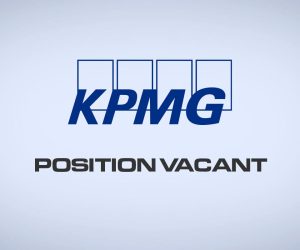
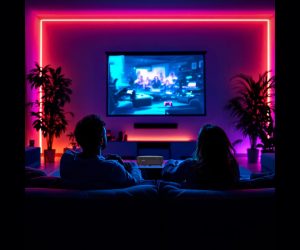
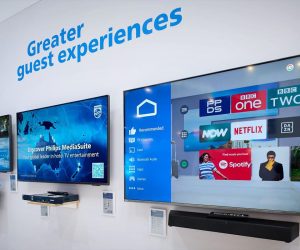




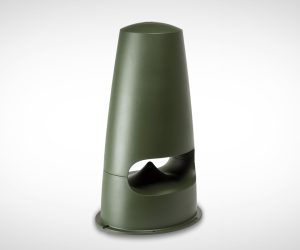
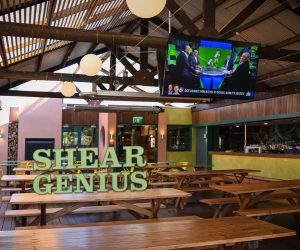
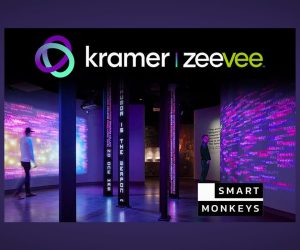
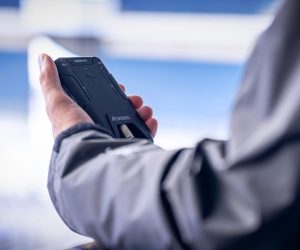
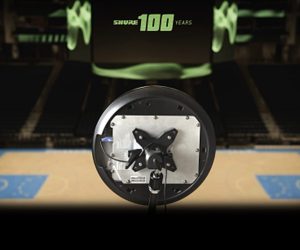


RESPONSES